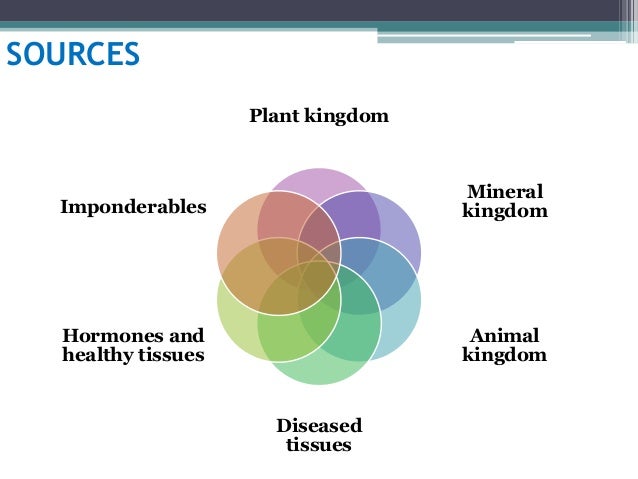This is a very common question asked by the patients that what is the source of Homeopathic medicines, is it natural? Is there any chemical inside? Here is an insight on the ingredients of your Homeopathic remedy, which is, by all means, natural and safe.
Homeopathic medicines are prepared from various sources as following-
1. Plant Kingdom
 |
| Image:classichomeopath.com
The medicines are prepared from the core extract of the plant, which is known as the mother tincture. It may come from any part of the plant like the roots, stems, leaves, fruits, seeds or the whole plant.
Examples-Arnica
|
2. Animal Kingdom
| Image:classichomeopath.com
Several homeopathic drugs are prepared from the animal kingdom which is prepared in a similar manner as that of the plant kingdom the only difference being here the part of the whole animal is taken to prepare the medicine.
Examples- Naja tripudians (King Cobra), Vipera (Russell’s viper), Sepia (Dried inky juice of cuttle fish), Cantharis (Spanish fly) etc.
|
3. Mineral Kingdom
4. Nosodes
| Image: Wikipedia
These are drugs prepared from morbid parts or secretions of animals. The extract is similarly diluted to remove the toxicity of the drug and thereon with further succussions higher potencies are produced.
Examples- Anthracinum (Diseased spleen of sheep), Medorrhinum (Morbid Grease of horse), Tuberculinum.
|
5. Sarcodes
| Image: Getty images
These are drugs prepared from healthy parts or secretions of animals.
Example- Pancreatin (secretion of the pancreas)
|
6. Imponderabilia
 |
Image:mhpvitamins.comThis is a very important and unique feature of Homeopathy. Drugs are actually prepared from universal energies.Example- X-ray- Alcohol is exposed to X–rays to have a drug called X–ray. Drugs are even prepared from Moon rays and Electricity. |

